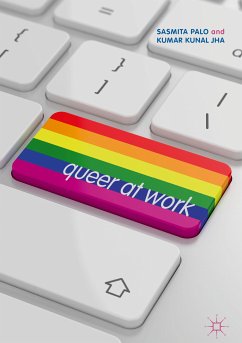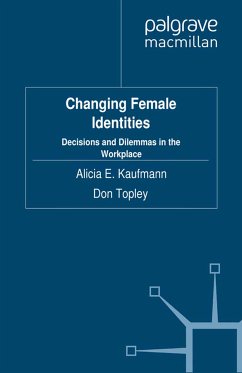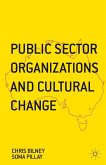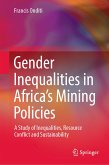The book emphasizes the need to study the flow of information and stigma management strategies in the context of current technological advancements, and discusses the extent to which organizations succeed in providing 'safe spaces' for employees from the LGBTQ community in India. Also addressing the impact of the Supreme Court verdict on Section 377 of the IPC and the NALSA verdict on LGBTQ individuals at the workplace, the book not only provides tools to help organizations assess their workplace climate with regard to LGBTQ inclusion and diversity, but also outlines the criteria that would lead to queer-friendly and gender-neutral work environments.
Dieser Download kann aus rechtlichen Gründen nur mit Rechnungsadresse in A, B, BG, CY, CZ, D, DK, EW, E, FIN, F, GR, HR, H, IRL, I, LT, L, LR, M, NL, PL, P, R, S, SLO, SK ausgeliefert werden.









